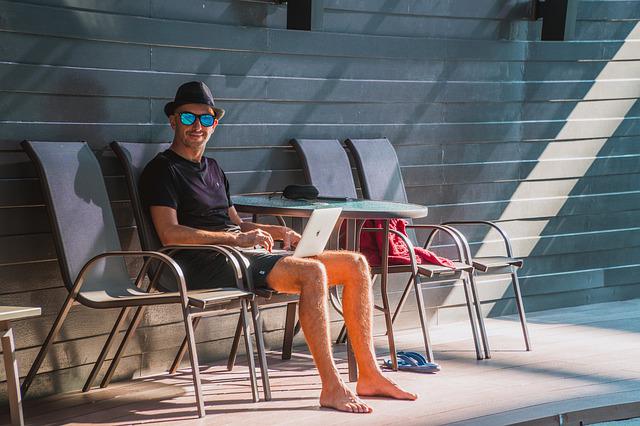Civil servants working for the Cabinet Office will have their computers monitored to check attendance in a government effort to reduce working from home.
The move is a part of a larger effort inside Whitehall to increase employee attendance to pre-pandemic levels of four days a week.
According to The Telegraph, civil servants have been informed in an official notification – titled “Privacy notice for Cabinet Office Official IT platform” – that their compliance with the office procedures will be checked through their use of Cabinet Office’s computers.
The notice states that staff data would be processed to compile anonymous office occupancy statistics and report on the overall numbers of staff attending Cabinet Office locations.
This will help monitor ‘overall compliance to office working and inform future strategy of how Cabinet Office estates are used.’
Jacob Rees-Mogg, a Cabinet Office minister who recently switched to the Business and Energy department, is in charge of the “efficiency” drive.
At one point in August, the Cabinet Office’s occupancy dropped to only 42%, according to The Telegraph, although by the end of the month, it had increased to 66%.
The Foreign Office had the lowest attendance rate for the same month, ranging from 30% to 39%.
The Ministry of Defence (MoD) had the highest -in-office rate of 85% at the end of August, followed by the Department for Education, the Home Office, and the Business and Energy department, all of which had nearly 50% attendance rate. The Cabinet Office currently employs nearly 2,700 employees.
Wi-fi and computer log-ins will be used to monitor staff occupancy and determine the daily average of employees arriving at work. The departments may also employ other methods to acquire the anonymised data, such as manual head count, space or desk booking systems, or swipe pass entry.
The Cabinet Office said that departments should choose the best method of data collection.
A Cabinet Office spokesperson said that efforts were being made to create a standard approach for effectively tracking occupancy that would offer a daily and historical trend record of office occupancy levels for a building.
“We have been consistently clear that we want to see office attendance across the civil service consistently back at pre-pandemic levels, and ministers and officials at all levels are keeping the machinery of government working ahead of what we know will be a challenging few months,” the spokesperson stated.
In July, Cabinet Office minister Kit Malthouse warned that an excessive amount of remote work might impair civil servants’ abilities and eventually harm the public sector.
Malthouse said he was particularly worried about younger employees working from home.
“There’s a critical issue I think, at the heart of this that we have to face, and that is our obligation to young people,” he said.
“Young people cannot learn remotely if they’re sitting in their bedroom, in their little flats as a junior civil servant, they do not pick up the nuance, the skills, the informal mentoring that more senior officials and indeed politicians can provide.”
He added: “Young people need to see a variety of senior people and to learn from a variety of people and they need to encounter you.
“And to be perfectly honest with you, young people found it very soul-destroying being stuck at home – it was quite depressing.”
However, many organisations see hybrid working as the future, offering a better work-life balance. Last week, Michael Dell of Dell Technologies criticised other tech company bosses for trying to force employees back to the office.
“If you are counting on forced hours spent in a traditional office to create collaboration and provide a feeling of belonging within your organisation, you’re doing it wrong,” he said.
Source: https://www.computing.co.uk/news/4056174/civil-servants-computers-monitored-check-attendance
